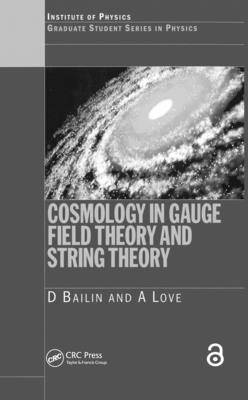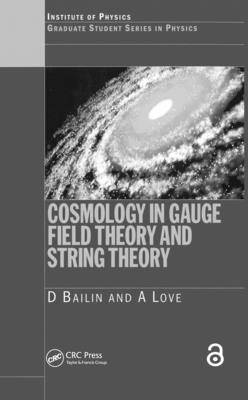
- Retrait gratuit dans votre magasin Club
- 7.000.000 titres dans notre catalogue
- Payer en toute sécurité
- Toujours un magasin près de chez vous
- Retrait gratuit dans votre magasin Club
- 7.000.000 titres dans notre catalogue
- Payer en toute sécurité
- Toujours un magasin près de chez vous
Description
Cosmology in Gauge Field Theory and String Theory focuses on the cosmological implications of the gauge theories of particle physics and of string theory.
The book first examines the universe's series of phase transitions in which the successive gauge symmetries of the higher-temperature phase were spontaneously broken after the big bang, discussing relics of these phase transitions, more generic relics (baryons, neutrinos, axions), and supersymmetric particles (neutralinos and gravitinos). The author next studies supersymmetric theory, supergravity theory, and the constraints on the underlying field theory of the universe's inflationary era. The book concludes with a discussion of black hole solutions of the supergravity theory that approximates string theory at low energies and the insight that string theory affords into the microscopic origin of the Bekenstein-Hawking entropy. Cosmology in Gauge Field Theory and String Theory provides a modern introduction to these important problems from a particle physicist's perspective. It is intended as an introductory textbook for a first course on the subject at a graduate level.Spécifications
Parties prenantes
- Auteur(s) :
- Editeur:
Contenu
- Nombre de pages :
- 328
- Langue:
- Anglais
- Collection :
Caractéristiques
- EAN:
- 9780750304924
- Date de parution :
- 01-09-04
- Format:
- Livre broché
- Format numérique:
- Trade paperback (VS)
- Dimensions :
- 156 mm x 235 mm
- Poids :
- 557 g







